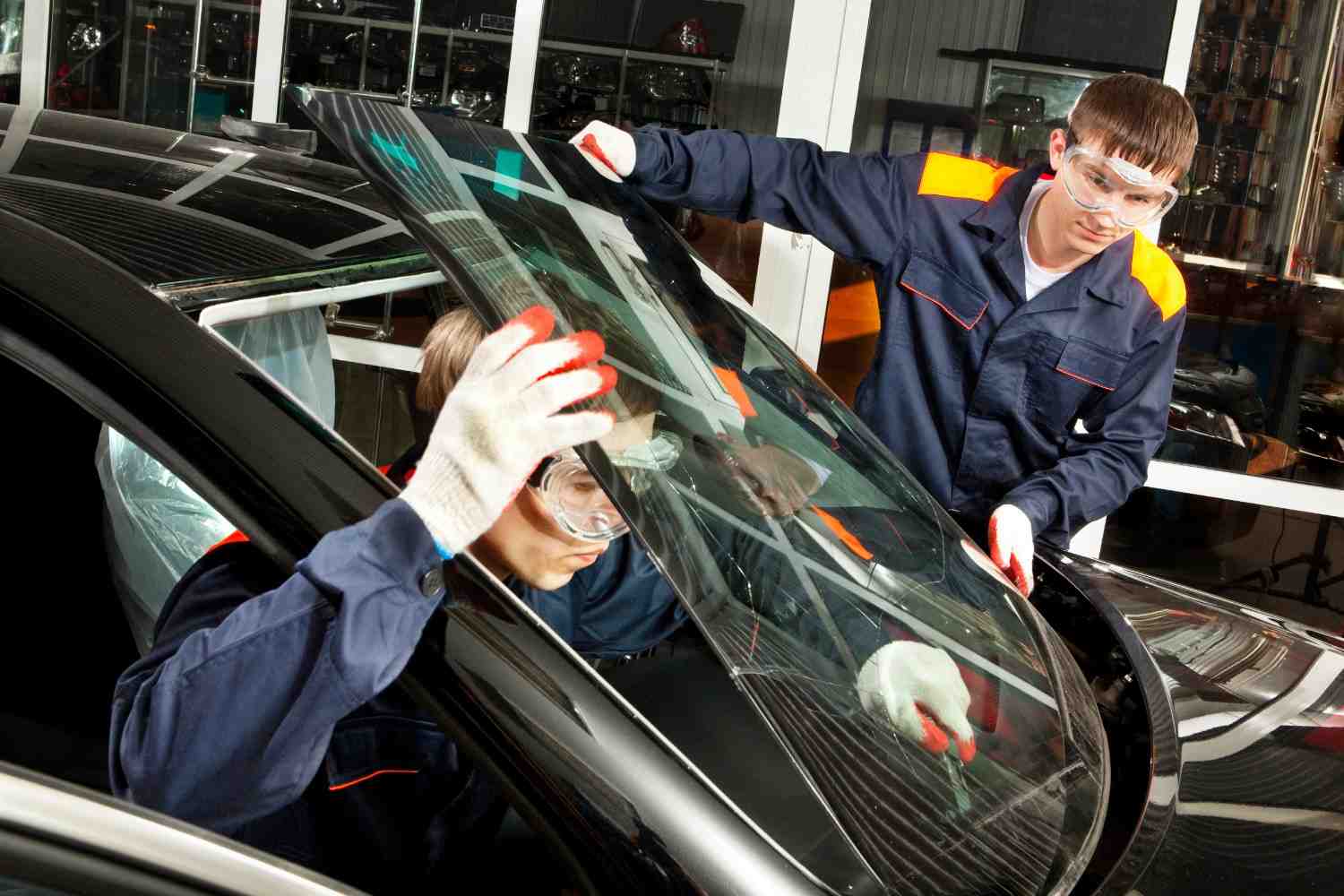
All Over Mobile Auto Glass
Clear Views, Safe Drives - Your Lake Forest Windshield Repair & Replacement Pros!
(949) 482-4265Your car's windshield does more than just offer a view of the road ahead, it plays a vital role in your safety, aids in clear visibility, and contributes to the overall structural strength of your vehicle. Knowing when to replace your windshield, however, isn't always straightforward. There's no universal timetable that applies to everyone, as various factors can influence the need for a new windshield.
In this article, we'll explore the key indicators that signal it's time for a replacement and provide you with the knowledge you need to make an informed decision. Whether it's due to damage, wear and tear, or safety concerns, understanding when to opt for a new windshield can help maintain your car's integrity and, more importantly, protect you and your passengers on your journey.
(949) 482-4265Before deciding on replacement, it's essential to assess the type and extent of damage. Common issues include:
1. Chips and Cracks:Small chips can often be repaired, but larger cracks typically require replacement. The rule of thumb is that if a crack is longer than a dollar bill or a chip is bigger than a quarter, you need a new windshield.
2. Pitting:Over time, specks from road debris can pit the surface of your windshield, reducing visibility, especially at night. When this pitting becomes extensive, consider replacement.
3. Edge Cracks: Cracks that start at the edge of the windshield tend to spread quickly and compromise the structural integrity. These usually necessitate immediate replacement.

Several factors can influence how often you might need to replace your windshield:
Driving Environment:Frequent driving on gravel roads or in areas with construction can increase the likelihood of windshield damage.
Weather Conditions:Extreme temperatures and severe weather events can cause or exacerbate windshield damage.
Quality of Glass and Installation: Higher quality windshields and professional installation can extend the life of your windshield.
Vehicle Type: Some vehicles have windshields that are more prone to damage due to their design or positioning.
Now, let's pinpoint scenarios that call for a replacement:
When considering whether to replace your windshield, the severity and location of any damage are paramount.
Any impairment in the driver's line of sight, such as cracks, chips, or distortions, demands immediate attention due to the safety risks they pose.
This area is critical for clear vision, and even minor blemishes here can significantly impact driving safety. Similarly, cracks that originate from or extend to the edges of the windshield are particularly concerning.
These edges are vital for the structural stability of the windshield; damage in this area can rapidly spread and weaken the entire glass, making replacement essential.
The size and type of damage also play a crucial role. Generally, if a crack is longer than six inches, it's considered beyond repair. Multiple cracks or a single crack that branches out are also indicators that a replacement is needed.
In terms of chips, those that are superficial might be repairable, but deeper chips that penetrate the windshield's layers usually require a complete replacement.
Vehicle safety inspections are another important consideration. In many regions, the condition of the windshield is a key aspect of vehicle safety standards. Understanding the latest auto glass safety features is crucial in these cases.
A damaged windshield might result in your vehicle failing such inspections, necessitating a replacement to comply with these regulations.
For vehicles equipped with Advanced Driver Assistance Systems (ADAS), the windshield's condition is even more critical.
Damage near cameras or sensors can interfere with the calibration and functionality of these systems. In such cases, replacing the windshield is often necessary to ensure the proper operation of these advanced safety features.
Finally, the potential for damage to worsen should not be overlooked. Small cracks or chips can rapidly grow due to factors like temperature fluctuations, rough road conditions, or normal vehicular vibrations and flexing during driving.
Addressing these issues promptly with a replacement can prevent more significant and costly problems in the future.
Repair is often a viable option for minor damage. Modern repair techniques can fix small chips and cracks without needing a full replacement. However, it's crucial to address these issues promptly before they worsen, ensuring the integrity of safety features in your auto glass.
Regular maintenance can extend the life of your windshield. Simple steps include:
Regular Cleaning: Keeping your windshield clean helps you spot damage early.
Avoiding Extreme Temperature Changes: Gradual warming or cooling of your vehicle reduces stress on the glass.
Safe Driving Habits: Keeping a safe distance from vehicles ahead can reduce the likelihood of flying debris hitting your windshield.
The frequency of windshield replacement depends on various factors, including driving habits, environmental conditions, and the extent of damage. Understanding the indicators of windshield damage is crucial in determining when to consider a replacement.
Regular inspections and maintenance can prolong the life of your windshield, but safety should always be your top priority. If you're unsure about the condition of your windshield, consult a professional auto glass expert for guidance.